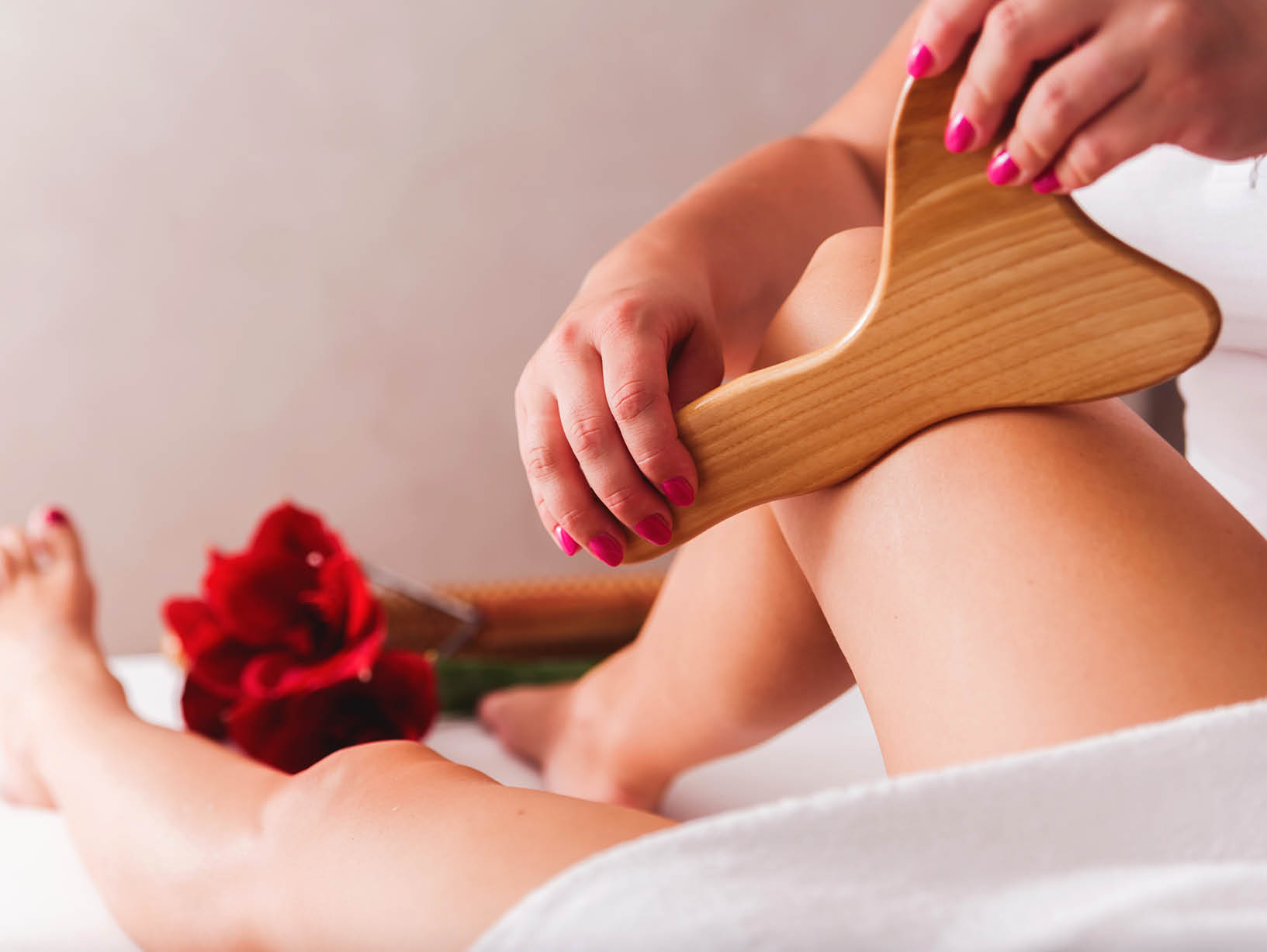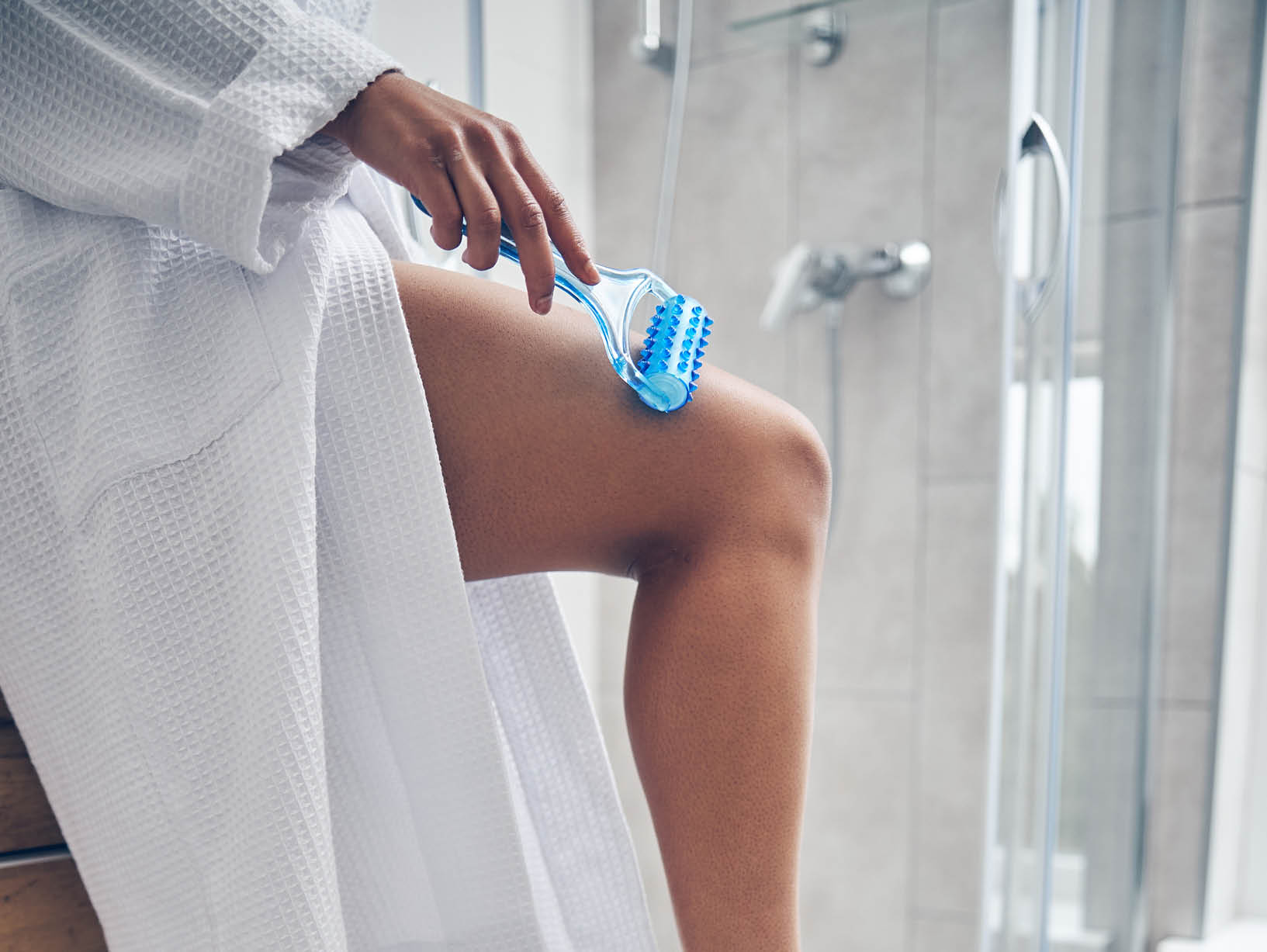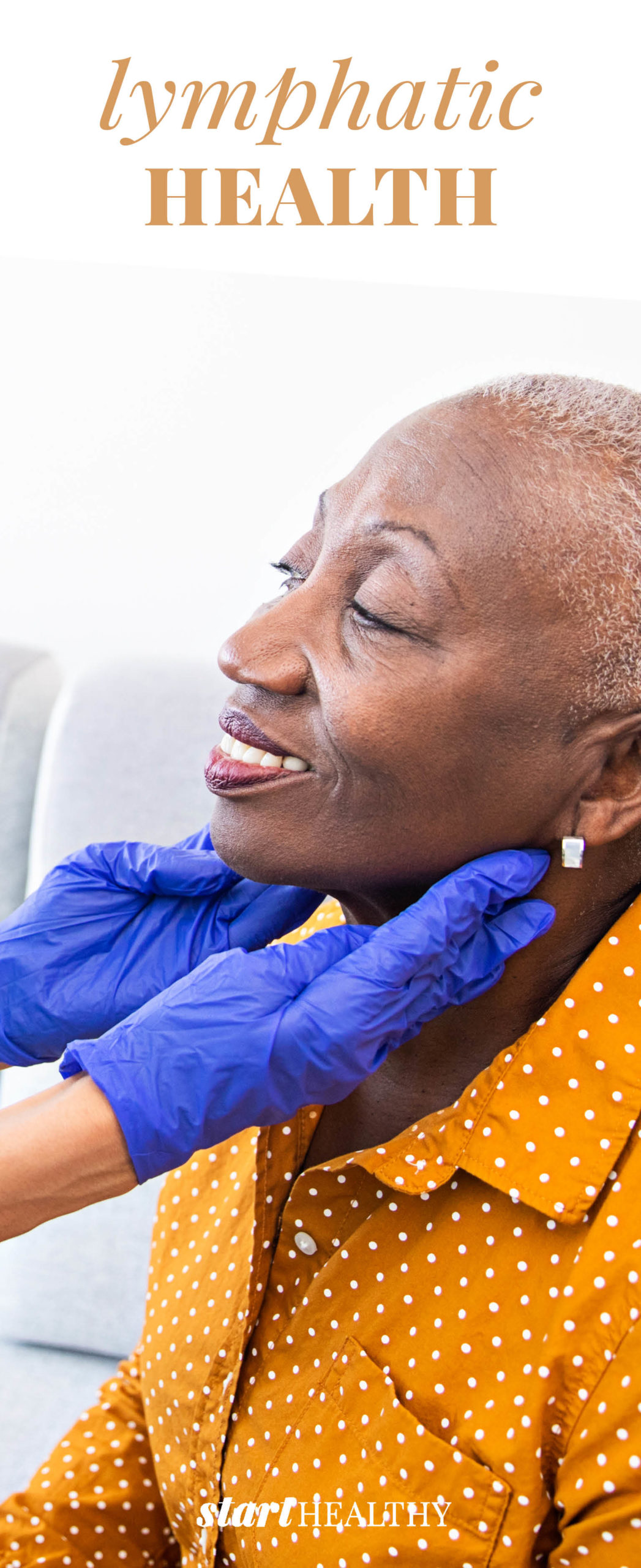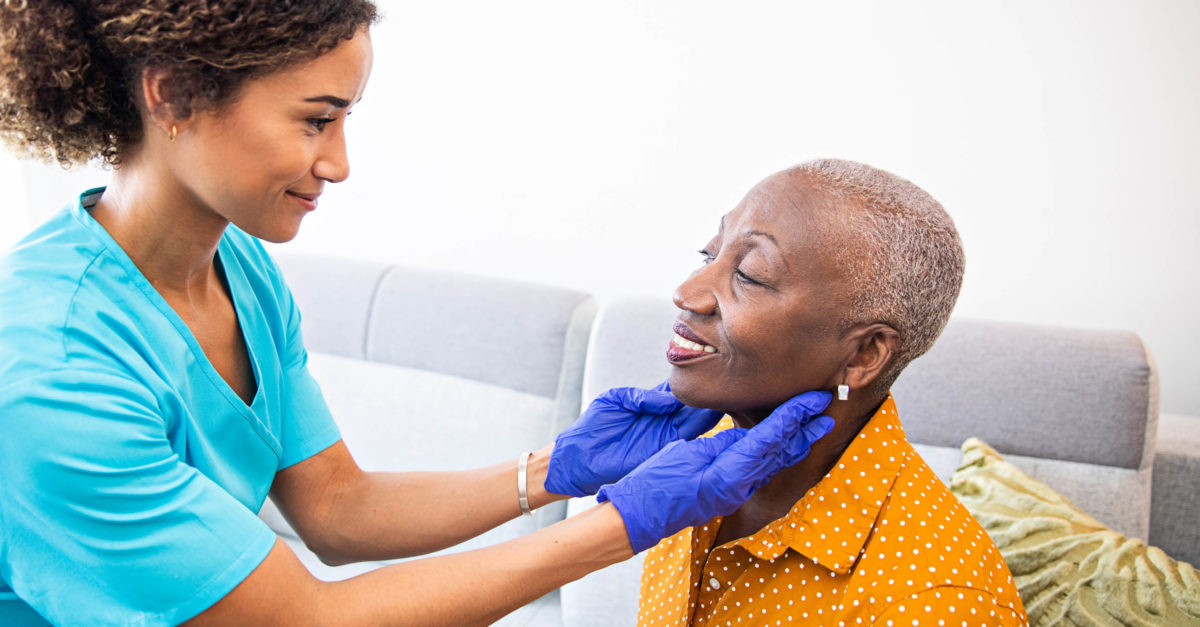Let’s Talk Lymphatic Health
Have you ever heard of the body’s lymphatic system? If not, you’re not alone. The lymphatic system, a highly popular health topic among celebrities and beauty experts, is responsible for protecting your body from illness, sustaining fluid levels, removing waste, and more. Understanding this often-overlooked system and how to make sure it’s working properly can yield important health benefits.

A Powerful Network
Your lymphatic system is just that: a network in your immune system that includes your lymph nodes, spleen, thymus, and other tissues and vessels that lead to your bloodstream. It’s an important part of your body to pay attention to and take care of because healthy circulation not only gets rid of waste but also plays a large role in keeping your immune system strong.
Here is a deeper explanation of some of the parts that make up this vital network:
Lymph:
This is the excess fluid that gets collected when your cells and tissues naturally drain. It also includes nutrients, proteins, and minerals, so don’t believe that excess always means bad.
Lymph nodes:
Your lymph nodes are probably what first come to mind when thinking about your lymphatic system as a whole. Your lymph nodes are vital glands that help produce bacteria-fighting cells. These nodes, nearly six hundred of which exist in your body, are connected via vessels that work in a similar fashion to your veins and essentially keep these fluids moving properly.
Collecting ducts:
So where exactly does the lymph fluid go? This fluid is carried to the right and left lymphatic ducts, which eventually lead to the bloodstream. Perhaps it is starting to become clearer why keeping this system healthy is so important. It all works together to maintain blood pressure levels and keep fluid away from your tissues.

Drain It Out
With a solid understanding of what makes up the lymphatic system, it makes sense to talk about the how and the who. How do you keep this system functioning at optimum levels, and who does it benefit? A quick internet search can turn up results like “lymphatic drainage massages” and “dry brushing.” These methods, among others, are easily accessible ways to maintain a healthy lymphatic system, and you can actually do most of them yourself at home.
While your lymphatic system naturally circulates fluid so that it doesn’t accumulate in places it shouldn’t, such as your tissues, various conditions or surgery can cause buildup to happen more easily. A lymphatic drainage massage helps moves things along and can also sculpt the body and keep skin smooth. While spas and massage centers typically have this treatment on their menus, there are also ways to do this at home. Keep in mind that if you have broken, infected, or sunburned skin, this could cause further irritation. Those with a history of blood clots and liver or kidney problems should also steer clear of this practice altogether. Picking the right tools can help you improve not only the systems inside your body but also your skin. A dry brush is one of the most common tools. This kind of brush has stiff bristles and, typically, a long handle. Be sure to dry brush before hopping in the shower; you’re getting rid of dead skin cells after all. Start at your feet, and brush in a circular, upward motion toward the heart. You should press firmly but not painfully, being more careful on tender areas. Similarly to any type of exfoliation treatment, you should only dry brush or massage one to two times a week, and make that once every couple weeks if your skin is especially sensitive.
For someone looking for a bit more of an intense experience, seek out a lymphatic drainage wooden paddle. This wavy tool contours more specifically to the body than a dry brush, so the same rules do not apply. For one, you should moisturize with a cream or oil before massaging. In other words, you use this tool after the shower instead of before. Start by using your fingers to activate the lymph nodes in the back of your knees and below the armpits by pressing these areas five times. Then, holding the paddle horizontally, press it toward the heart in the aforementioned spots three to seven times per leg and arm, holding the tool vertically on the arms.
If you’re dealing with arthritis, general swelling, or fatigue, or you want a new postworkout-recovery step to add into your routine, this is perfect for you. If you’re feeling slightly puffy or swollen, either because you had one too many high-sodium snacks or you forgot to drink enough water, a lymphatic massage provides twenty minutes in your day to devote entirely to depuffing and relaxation. Lymphatic drainage can also help women in post-breast cancer surgery recovery, not only with swelling but also with quality of life, as it can be extremely relaxing. Although not a be-all and end-all cure, it’s a form of self-care that can give you a few moments of reprieve.

Keep It Moving
How you care for your body after drainage treatment plays a big role in the effectiveness of the therapy. Hydrate properly (for men: three liters of water per day; for women: around two liters a day), and keep sodium, sugar, alcohol, and gluten intake to a minimum. While it’s important to keep these tips in mind all the time, it’s especially paramount for up to forty-eight hours after a lymphatic-drainage treatment, either professional or at-home. A quick fifteen-minute jog a couple times a week or a quick swim will also help keep circulation function strong. Those gentle inhale and exhale movements do more for your lymphatic system than you may realize.
Your lymphatic system plays a significant role in everything from internal blood flow to your body’s silhouette, so taking care of it should be a top priority in your self-care routine. Repeat after me: drain, detox, and depuff.
Make sure to check with your doctor to see if lymphatic drainage is right for you.
For more info, go to mayoclinic.org









